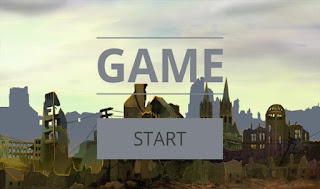Overall, my thoughts about reading and writings are that I prefer to read rather than write. it was a lot of reading this semester that i liked and didn't like, I liked the themes of the articles, but not the fact that they were really old information and written in difficult language. Some of the articles were more aimed at professionals rather than the students, so sometimes I caught the idea of article, but not the full meaning. My favourite article was about MDA game structure, because it was very informative and showed basic plan of a game designing. So that article gave me a basic structure for my game and that was the first step to creating my game. When it comes to the reading notes, I usually try to highlight the most important informations in my blog posts so I can refer to it later on, so I think that is the only positive thing about writing the blog, you have all important information in one place.
Some articles I found difficult to read, so I decided to google the overall topic and find articles that are newer and easier to read, usually written by young game developers who try to make the topic understandable to everyone. I also included all the extra resources I found, in my blog posts. When it comes to my game project, since the beginning it was going bad for me, because I didn't know the final aim or what my project should look like, but after speaking one on one to my lecturer, I started to understand it better. Now I have a clear picture of what my project should look like, so my biggest accomplishment will be to make the game I imagined and pass this semester.
This is an image I used for my MDA post, I like this picture because its simple and the concept shown represents the game mechanics. It is also easy to remember because it is all showed on one picture that is colorful and easy to remember .
Looking forward, to continue watching the unity tutorials and making my game.

























